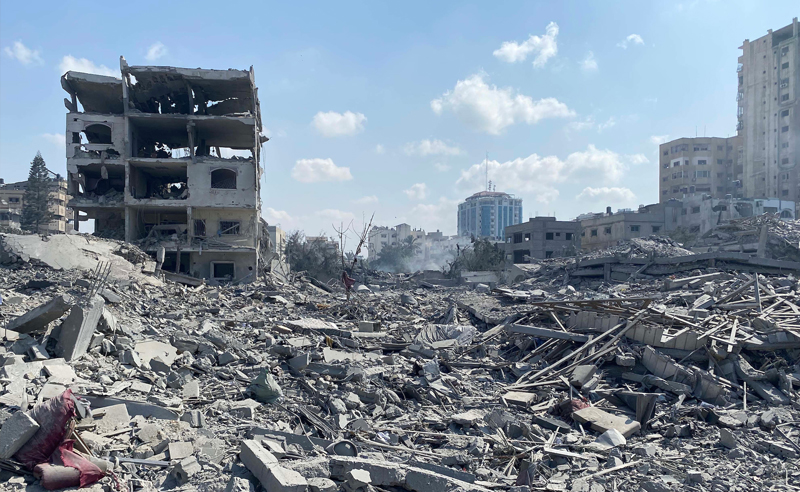
What does this say about the man who had fed thousands if he can’t even feed his own kin? For veteran humanitarian and Palestinian NGO Network executive director Amjad Al Shawa, it’s no euphemism it’s his new cold hard reality. “We are doing for ourselves, one meal, and that might be some rice,” Al Shawa told NPR. Yesterday, he was able to set salad on the table for his family two meals, $60. “It’s not an easy mission to live.” In Gaza, the food economy has collapsed under Israeli blockade, and the personal is horribly political.
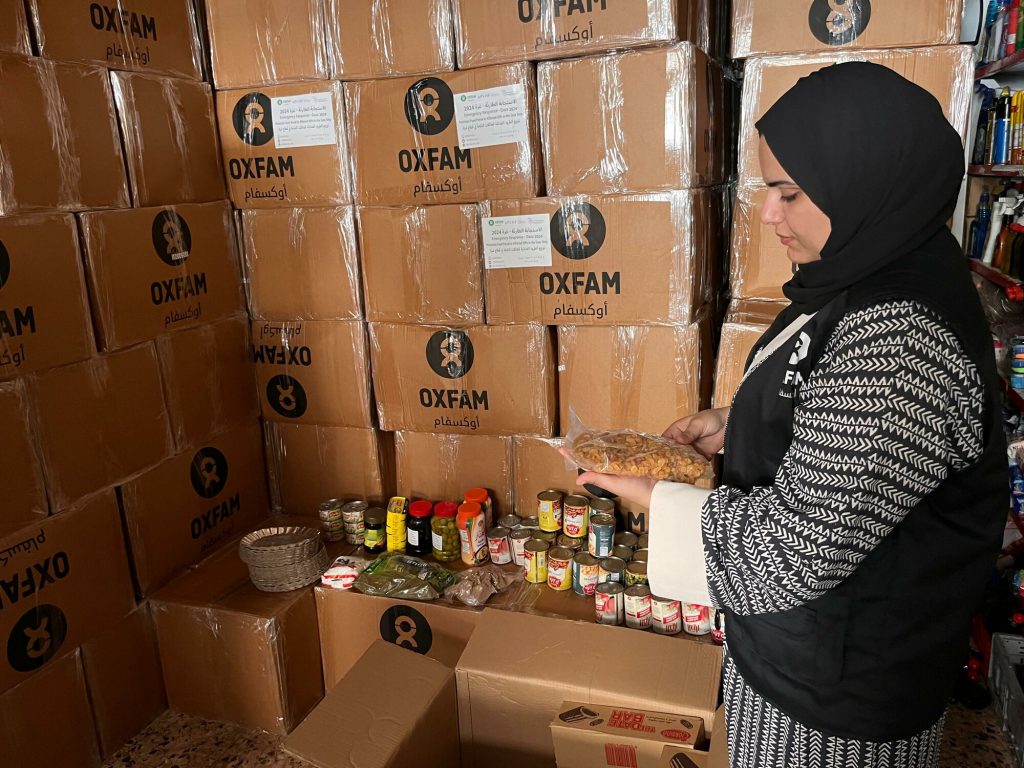
1. Gaza’s Food System: From Lifeline to Lifeless
Gaza’s recent history is just apocalyptic. It was a web that sustained millions; now it’s patchwork shortages and despair. Milk, greens, and fresh fruits are no longer on offer. Bread is a luxury that few can afford. Flour is water-earing $20 a kilo and sugar is at an eye-watering $120. Even aid carriers are no longer satisfied. As Al Shawa describes it, “It’s engineered starvation.” The position is seconded by the UN-supported IPC, reporting that famine will hit Gaza severely, with more than 470,000 people a fifth of all residents affected by “catastrophic” hunger.
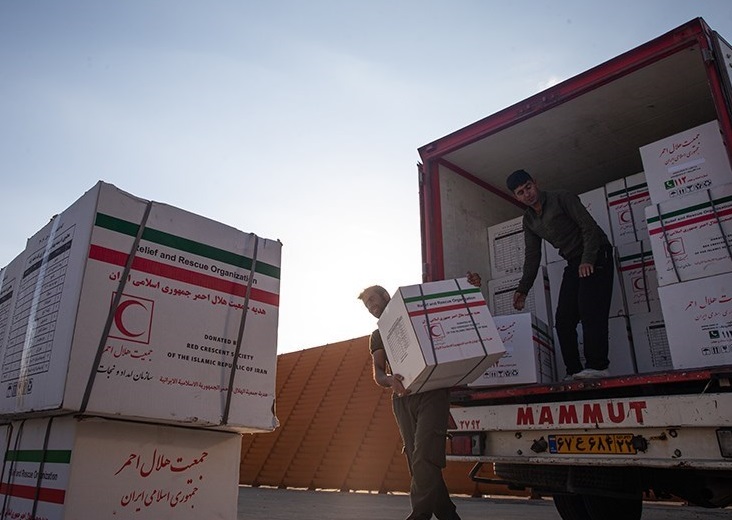
2. Humanitarian Access: Blocked Corridors and Impossible Decisions
The delivery of aid to Gaza has turned into a moral and logistical minefield. Humanitarian convoys are beset by recurring delays, security danger, and questionable access. As the UN has quoted, “large groups of desperate people often block trucks and take commodities directly off the truck.” All of this is exacerbated by road destruction, telecommunication destroyed, and collapse of law and order. The UN’s Tom Fletcher explained, “This is progress, but colossal amounts of aid are needed to prevent famine and an unprecedented health crisis… We need consistent action, and we need it now.” Without safe, secure corridors, humanitarian workers are forced to make impossible decisions on where and how to deliver life-saving goods.
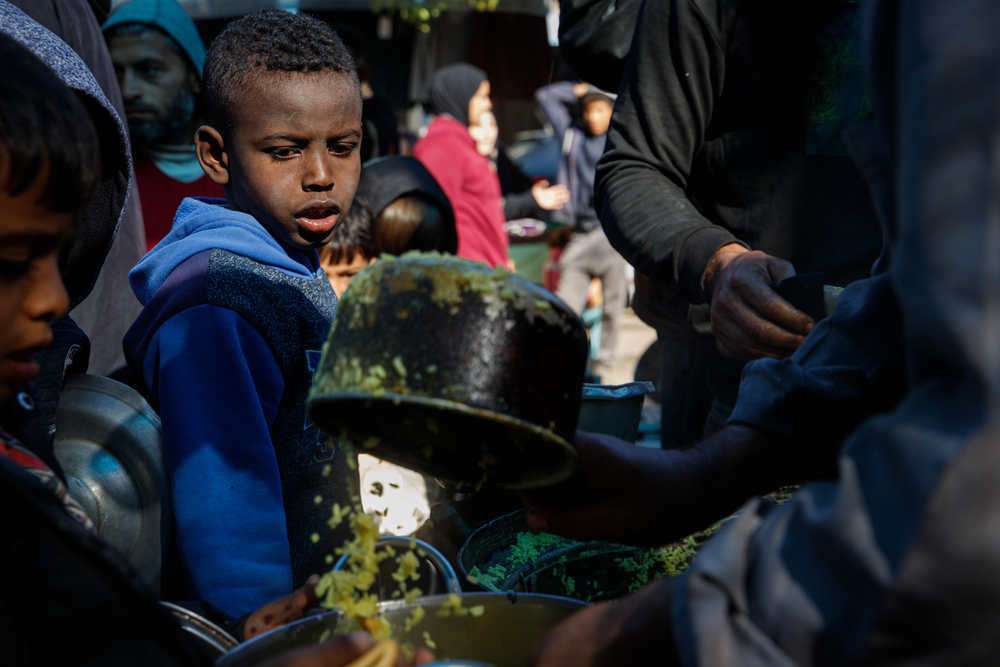
3. The Human Cost: Stories Behind the Numbers
Figures only begin to tell the agony. In Gaza, children are being given salt water because there is nothing else. Babies are not fed milk, and women cannot nurse because they, too, go hungry. Al Shawa’s daily frustration “I don’t know, and I’m not asking, you know?” reflects the destiny of millions. The UN estimates that 80% of all reported deaths by starvation are children. Medical workers, reduced to skipping meals, administer IV drips to themselves so that they may continue working on the starving. “We need everything. And I cannot distinguish food and water from hygiene and medicine,” Al Shawa begs.
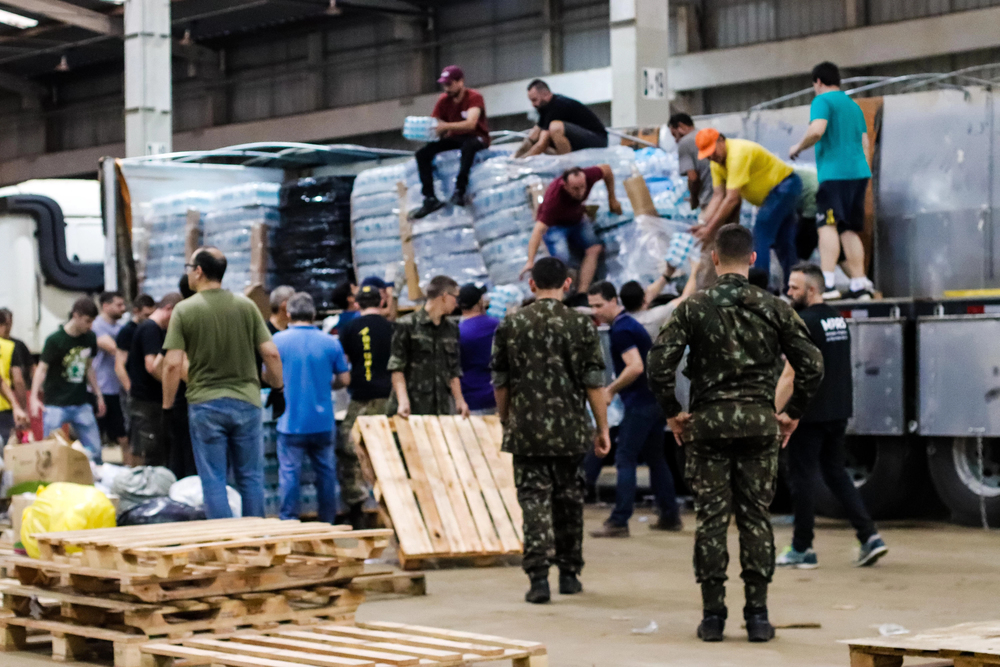
4. Coordination: A Web of Complexity
Humanitarian logistics in Gaza is a complexity masterclass. The World Food Programme and Logistics Emergency Team have worked to maximize delivery, but coordination issues persist. The Logistics Cluster in Gaza assisted more than 225 agencies, distributing more than 19,600 metric tons of humanitarian supplies and offering 29 mobile storage containers. Coordination is required and most often absent between NGOs, governments, and private industry. Donations have been left to spoil on border crossings and as much as 80% of all unasked-for donations remain unused.

5. Political Narratives and Data Disagreements
The crisis in humanitarian relief is also a crisis in information. The Israeli government and the UN give wildly conflicting reports of aid arriving in Gaza. Whereas COGAT reports bigger numbers of trucks delivering assistance from Israel, OCHA figures are narrower in that they focus only on land deliveries. This excludes airdropped or privatesupplied material. These two sources are resulting in accusations and counteraccusations of flights of fancy with both accusing the other.
The UN’s own figures have been used by the International Court of Justice and other tribunals in granting interim measures, but Israel maintains that it is starving nobody and that “Hamas is cynically using his population as human shield in order to make this campaign of starvation against Israel, against the IDF.”

6. Social Media and Grass Roots Activism: New Lifelines
Institutional gridlock has created a vacuum that has been filled by grass roots. Operations like Operation Olive Branch utilize TikTok and other media to vet and amplify family crowdfunding campaigns, directly connecting benefactors with beneficiaries. Such support networks are a lifeline for the poor, particularly when official channels betray them. Mutual support is a grass-roots political act that helps individuals during time of crisis, said one of the campaign organizers. Political discourse has also shifted with the surge in grass-roots activity close to 80 members of the U.S. Congress now call for a permanent ceasefire, a reflection of the power of public pressure and web mobilization.
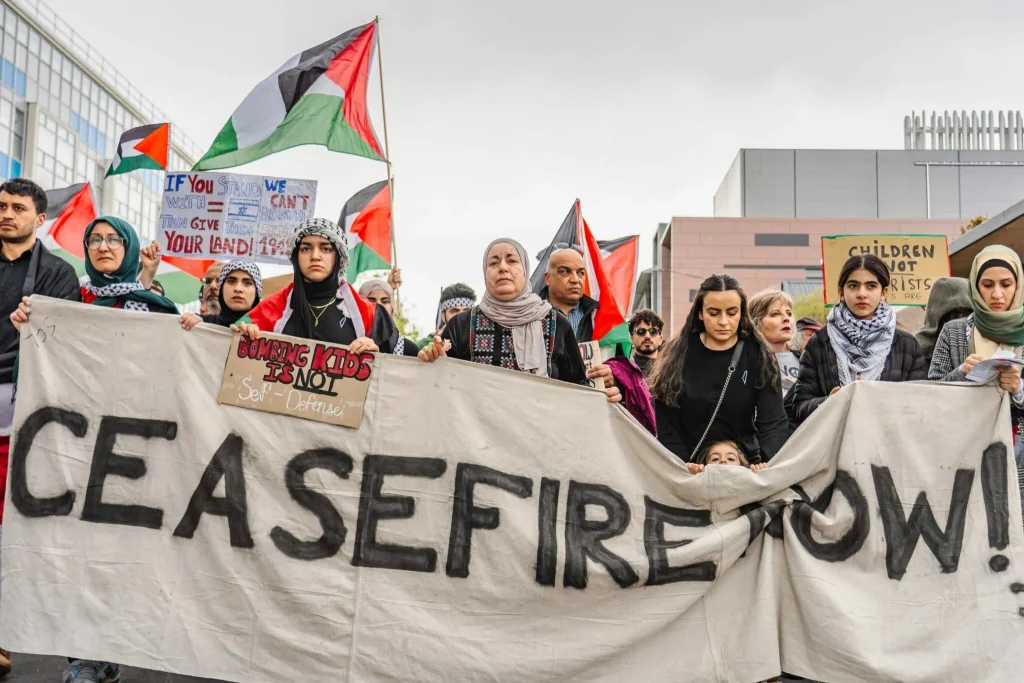
7. Vicarious Trauma: Coping with the Weight of Bearing Witness
For activists, aid workers, and those who have been tracking Gaza’s crisis, the psychological cost can be overwhelming. Studies indicate that prolonged exposure to traumatic events either first-hand or second-hand through media reports may produce depression symptoms, anxiety, and even PTSD. The Dart Center for Journalism & Trauma has observed, “Being resilient is not about being unaffected by distress, it is about knowing how to work with it.” Good coping mechanisms involve avoiding exposure to traumatic content, seeking social support, self-care, and accepting collective action. “A good journalist is a well-rested one,” the Center advises us, and this extends to any person who works in high-stress humanitarian situations.
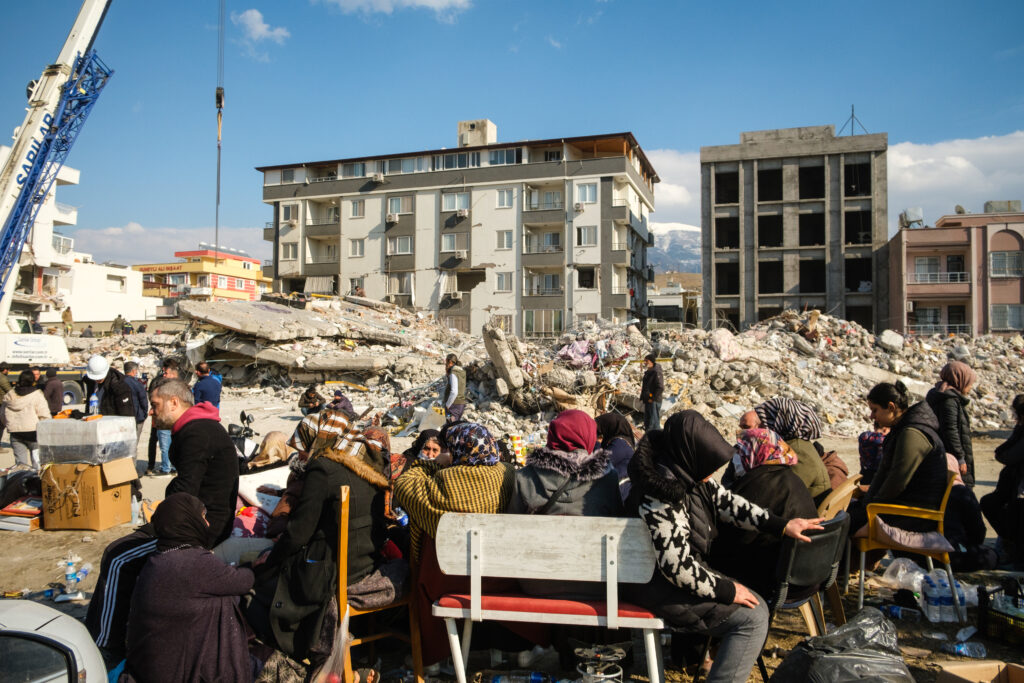
8. Finding Hope and Meaning in the Face of Crisis
In the face of deteriorating crisis, there are green shoots of hope. Grass-roots activism, arts activism, and constant work by aid professionals are paying dividends now small and now large. Building personal and collective resilience is essential.
As one trauma expert recommends, “Aim for tolerance rather than elimination of distress managing distress is not about trying to banish uncomfortable thoughts and feelings.” Maintaining a sense of meaning, staying connected with relationships, and creating space for renewal activities can keep front-line workers and the observer on the sidelines moving.

In Gaza, as in any human crisis, the statistics are overwhelming, but the stories of the people are heartbreakingly poignant. My task is not simply to provide aid, but to hold on to hope, sympathy, and the belief that flawed collective action can still rescue people.


